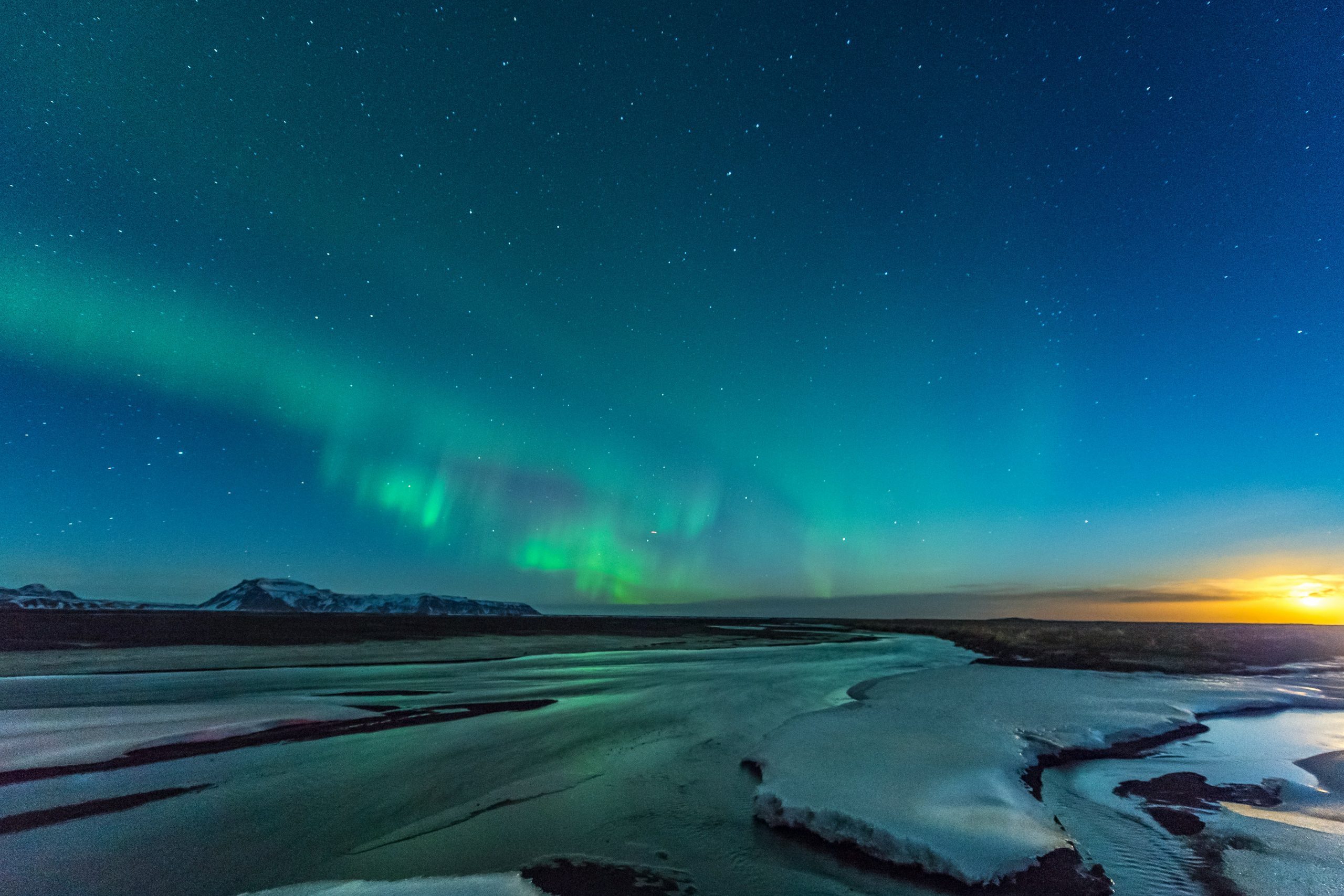What Happens When We Die?

Looking for more amazing products? Check out our online store and explore our collection here! Happy shopping!
Before diving in, please note: This post is for informational purposes only. If you’d like to know more about how we approach topics, feel free to check out our friendly Disclaimer Page.
Hey there, amazing readers! 
We’re committed to delivering quality posts, and your support (even just sticking around despite the ads) means everything to us. So, bear with us, and thanks for helping us keep the good vibes rolling. Now, on to the fun stuff!
TRANSLATE BUTTON AT THE END OF THE ARTICLE
A Quick Overview
Death is a profound and inevitable part of our existence.
It invites a flurry of emotions, thoughts, and questions.
What truly happens when we die?
Is there something beyond this life?
The answers vary widely depending on cultural beliefs, personal experiences, and scientific understanding.
Let’s dive deep into this topic, exploring the nature of death and what it may mean for us as individuals and as a society.
Understanding Death: A Natural Part of Life’s Journey
Death is often viewed with fear and uncertainty.
Yet, it’s essential to recognize that it is a natural endpoint in the cycle of life.
Just as flowers bloom and fade, every living being has its time.
This cycle brings a sense of balance to our lives.
Death invites reflection.
When I think about it, I remember conversations with my grandmother.
She always spoke about life and death as two sides of the same coin. “You can’t have one without the other,” she’d say with a twinkle in her eye.
Her wisdom made me appreciate every moment, knowing that life is finite.
Culturally, we perceive death differently.
For some, it’s a time of mourning; for others, it’s a celebration of life.
In many indigenous cultures, death is seen as a transition rather than an end.
This perspective can help us frame our own experiences with loss and mortality.
Understanding that death is part of life allows us to appreciate the beauty in our existence.
We can focus on creating lasting memories and cherishing relationships.
Instead of fearing death, we can learn from it.
Each moment becomes more precious when we acknowledge its temporary nature.
The Science of Dying: What Happens to Our Bodies?
When our time finally arrives, our bodies undergo a series of changes.
It’s a complex process, but let’s break it down simply.
First, the heart rate slows.
Blood circulation decreases, leading to changes in skin color.
You might notice a paler complexion or a bluish tint on the extremities.
It’s fascinating (and a bit eerie) to think about how our bodies respond when we near death.
Second, our breathing becomes irregular.
Some may experience what’s called "Cheyne-Stokes respiration," where breaths become rapid and shallow, followed by periods of no breathing.
This can be unsettling to witness, but it’s a normal part of the dying process.
As we approach the end, the body starts to conserve energy.
This can mean less desire for food and drink.
I found it heartwarming when my friend’s grandfather chose to share stories instead of eating during his last days.
His family gathered around, laughing and reminiscing, creating memories even in his final moments.
Finally, organs begin to shut down.
This process can take hours or even days.
Understanding these physical changes can help families process what’s happening, allowing them to support their loved ones during this difficult time.
Exploring Different Cultural Views on Life After Death
Cultural beliefs about what happens after we die vary tremendously.
In some cultures, it’s a journey to another world.
In others, it’s a return to nature or a cycle of reincarnation.
For instance, many religions have distinct views.
In Christianity, there’s the belief in heaven and hell, while in Hinduism, the soul undergoes reincarnation based on karma.
These beliefs can provide comfort and hope.
They offer a framework for understanding loss and the afterlife.
I once attended a Day of the Dead celebration in Mexico.
Families honor their deceased relatives with colorful altars adorned with flowers, food, and photographs.
It was beautiful to see how death was transformed into a celebration of life and remembrance.
In Buddhism, death is viewed as a transition in the cycle of rebirth.
The focus is on living a good life to achieve a favorable rebirth.
This perspective encourages mindfulness in daily actions, promoting a sense of inner peace.
Every culture has its unique approach to death.
Embracing these differences can deepen our understanding of this universal experience.
It highlights how connected we all are in our quest for meaning in life and beyond.
Near-Death Experiences: Insights from Those Who’ve Returned
Near-death experiences (NDEs) have intrigued many.
People who have experienced them often describe a sense of peace, bright lights, and encounters with loved ones who have passed on.
These stories can be profoundly comforting.
Take the account of a woman named Anna.
During a severe illness, she found herself floating above her body, watching the doctors work on her.
She felt an overwhelming sense of love and acceptance.
When she returned to consciousness, it changed her perspective on life and death.
While skeptics often argue these experiences are merely hallucinations, many who have them believe they provide insight into what lies beyond.
They challenge the idea that death is the end, igniting hope in those facing loss.
I find it fascinating how these experiences can transform attitudes toward life.
Some report a renewed appreciation for everyday joys, while others become more empathetic and open-minded.
NDEs remind us how interconnected our experiences can be, even in times of crisis.
The Role of Spirituality in Our Understanding of Death
Spirituality often plays a crucial role in how we perceive death.
For many, it offers solace in the face of loss.
Whether through prayer, meditation, or communal gatherings, spiritual practices can help us cope with grief.
During my own experiences with loss, I turned to meditation.
It provided a quiet space to process my emotions.
I discovered that spirituality doesn’t have to conform to a specific doctrine.
It’s more about what resonates with us personally.
Many people find comfort in rituals.
Lighting a candle, visiting a grave, or creating a memory box can be powerful ways to honor those who have passed.
These actions not only celebrate the deceased but also create a space for our feelings.
Exploring spirituality can lead to a deeper understanding of our beliefs about life and death.
It encourages us to reflect on what matters most in our lives.
Engaging in these practices can foster a sense of connection to something greater than ourselves.
How Grief Helps Us Grow and Celebrate Life’s Moments
Grief is a natural response to loss.
While it can feel overwhelming, it also provides opportunities for growth.
Allowing ourselves to feel sadness means we’ve loved deeply, which is something to cherish.
In my experience, grief has a way of reshaping perspectives.
After losing a loved one, I found myself reflecting on our shared moments.
The stories, laughter, and even the silly arguments became treasures in my memory.
Instead of viewing grief solely as pain, I learned to see it as part of the love we shared.
It’s okay to celebrate the joy that person brought into our lives while acknowledging the hurt of their absence.
Connecting with others who have experienced loss can be healing.
Sharing stories creates a sense of community and reminds us we are not alone.
Grief can make us more compassionate, offering support to others navigating similar paths.
Embracing grief doesn’t mean we forget.
It honors the memories while allowing us to continue living.
It’s about finding balance, celebrating life while acknowledging that death is a part of our journey.
Funerals and Celebrations: Honoring Lives with Joy
Funerals often evoke somber feelings, but they can also be celebrations of life.
These gatherings provide an opportunity to share memories, laughter, and love.
I attended a celebration of life once that stood out.
Instead of a traditional service, guests shared funny stories about the deceased.
Laughter filled the room, reminding everyone of the joy they brought to others.
It was a beautiful tribute.
Creating a meaningful ceremony can be a healing experience for families.
Personal touches, such as favorite songs or photos, can transform a funeral into a celebration.
This approach invites everyone to reflect on positive memories.
In many cultures, rituals surrounding death emphasize joy.
In New Orleans, jazz funerals celebrate the life of the deceased with music and dancing.
These traditions remind us that death is part of life, deserving of both sorrow and celebration.
Whether through traditional funerals or personalized celebrations, the goal is to honor lives in ways that resonate with the deceased’s legacy.
It’s about remembering the moments that made them who they were.
The Legacy We Leave: Impacting Future Generations
As we navigate our lives, we leave behind legacies—stories, values, and memories.
These legacies can shape future generations, offering guidance and inspiration.
I often think about my grandfather’s stories.
He lived through war, love, and loss.
His experiences taught me resilience.
Even after his passing, his tales continue to influence my decisions and values.
A lasting legacy doesn’t have to be grand.
It can be as simple as kindness or a commitment to family.
Each small action contributes to a larger narrative that can inspire those who follow us.
Engaging in acts of service can create a ripple effect, impacting others long after we’re gone.
Whether through volunteering, mentoring, or sharing knowledge, these contributions enrich our communities and help build connections.
Reflecting on the legacies we wish to leave can motivate us to live fully.
It encourages us to align our actions with our values.
When we focus on what truly matters, we create a meaningful life that resonates beyond our time.
How to Prepare for the Inevitable with Positivity
Preparing for death can feel daunting, but approaching it positively can be empowering.
Planning ahead allows us to express our wishes and alleviate burdens on loved ones.
Start by having open conversations with family about your preferences.
This can include funeral arrangements, wishes for possessions, or even how you want to be remembered.
These discussions can foster connection and understanding.
Consider creating a living will or advance directive.
These documents outline your medical care preferences, ensuring your wishes are honored.
Knowing you’ve taken these steps can provide peace of mind for both you and your family.
Engaging in conversations about death doesn’t have to be morbid.
It can be an opportunity to share stories, express love, and reinforce relationships.
Humor can even play a role—share a laugh over silly funeral ideas or dream about the most outrageous legacy you could leave behind.
By focusing on positivity, we can redefine how we view death.
It becomes less of a fearsome end and more of a natural transition, a part of our life’s story that we can shape.
Exploring Nature’s Cycle: Death and New Beginnings
Nature provides a beautiful metaphor for life and death.
In forests, trees shed their leaves in autumn, nourishing the soil for new growth in spring.
This cycle reminds us that death is often a precursor to new beginnings.
In gardening, planting seeds can be a powerful symbol.
Those little seeds, once buried, become vibrant plants.
I’ve often marveled at how a seemingly dead seed can bring forth life.
It’s a gentle reminder that endings can lead to fresh starts.
This cycle is evident in all living beings.
Animals, plants, and even ecosystems depend on death for renewal.
It encourages us to embrace change and cultivate resilience in our lives.
When we acknowledge death as a part of nature, it can inspire us to live more fully.
We might find joy in fleeting moments and cherish relationships, knowing they can change in an instant.
Recognizing the beauty in life’s cycles helps us appreciate our unique journeys.
Just as nature evolves, so do we.
Embracing this process fosters a sense of acceptance and wonder about what lies ahead.
Embracing Life: Lessons We Learn from Death’s Reality
Death teaches us valuable lessons about life.
It encourages us to reflect on our priorities and take advantage of our time.
Every moment becomes an opportunity for connection, love, and joy.
I’ve learned to embrace spontaneity.
When a friend invites me on an adventure, I often say yes now.
I’ve realized that memories created during these moments are what I’ll cherish most.
Grief can also teach us empathy.
Understanding the pain of losing someone can inspire us to support others facing similar challenges.
It cultivates a sense of compassion that can enrich our lives and communities.
By facing the reality of death, we can redefine our goals.
We may choose to pursue passions, mend relationships, or simply appreciate the present moment.
It’s about living authentically, embracing what brings us joy.
Each lesson we learn from death shapes our lives.
It encourages us to be kinder, more patient, and more loving.
We can transform our awareness of mortality into a celebration of life, allowing us to live fully and meaningfully.
Finding Comfort in the Unknown: Hope Beyond Life
The mystery of what happens after we die can be daunting.
Yet, it can also inspire hope.
Many people find comfort in the idea of an afterlife, reincarnation, or simply returning to nature.
Reflecting on personal beliefs can help navigate this uncertainty.
Whether through religion, spirituality, or personal philosophy, exploring our views can create a sense of peace.
I’ve found solace in the idea that our essence lives on through memories and stories.
The love we share and the impact we have on others become part of our legacy.
It’s a comforting thought that can ease the fear of the unknown.
Engaging in conversations about death can also foster connection.
Sharing beliefs and fears with friends or family can create a supportive environment.
It allows us to explore the unknown together, easing the weight of uncertainty.
Ultimately, finding comfort in the unknown is about embracing life’s mysteries.
Life is a beautiful journey filled with moments of joy and sorrow.
By focusing on what we can control—how we live and love—we can navigate our existence with hope and courage.
Conclusion
Death is a complex and multifaceted part of the human experience.
By understanding its nature, exploring cultural views, and embracing the lessons it offers, we can navigate our own lives with greater awareness and compassion.
It transforms our perspectives on life, prompting us to cherish each moment.
Rather than fearing the end, we can celebrate the journey, finding beauty in both life and death.
Ultimately, we learn that every ending can lead to a new beginning, and every loss can be an invitation to grow, connect, and honor the lives we’ve shared.

The Enlightenment Journey is a remarkable collection of writings authored by a distinguished group of experts in the fields of spirituality, new age, and esoteric knowledge.
This anthology features a diverse assembly of well-experienced authors who bring their profound insights and credible perspectives to the forefront.
Each contributor possesses a wealth of knowledge and wisdom, making them authorities in their respective domains.
Together, they offer readers a transformative journey into the realms of spiritual growth, self-discovery, and esoteric enlightenment.
The Enlightenment Journey is a testament to the collective expertise of these luminaries, providing readers with a rich tapestry of ideas and information to illuminate their spiritual path.
Our Diverse Expertise
While our primary focus is on spirituality and esotericism, we are equally passionate about exploring a wide range of other topics and niches 

To ensure we provide the most accurate and valuable insights, we collaborate with trusted experts in their respective domains 
Our blog originally focused on spirituality and metaphysics, but we’ve since expanded to cover a wide range of niches. Don’t worry—we continue to publish a lot of articles on spirituality! Frequently visit our blog to explore our diverse content and stay tuned for more insightful reads.
Hey there, amazing reader! 
Check out our store here and take a peek at some of our featured products below! Thanks for being awesome!











